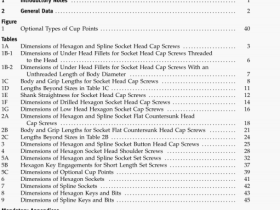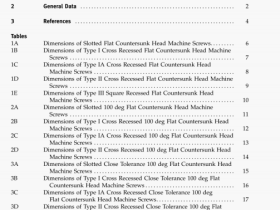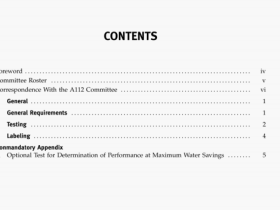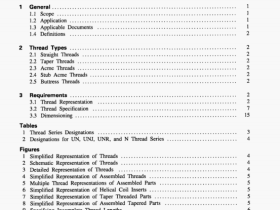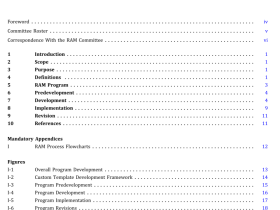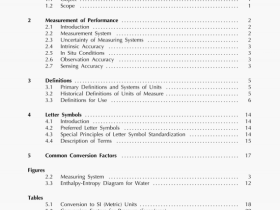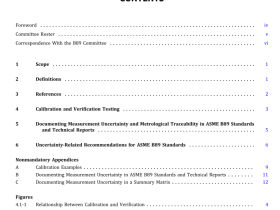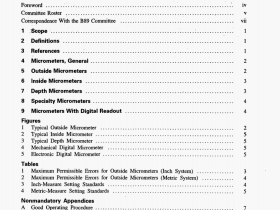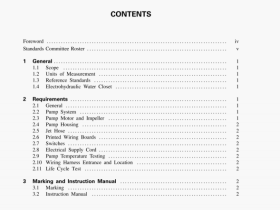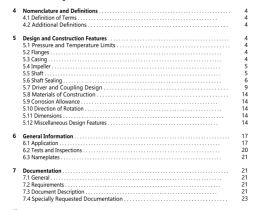ASME PTC 47-2006 pdf download

ASME PTC 47-2006 pdf download.Integrated Gasification Combined Cycle Power Generation Plants.
inert niatter: constituents of coal or gas that decrease its efficiency in use, e.g., mineral matter (ash) in coal and moisture in fuel for combustion. Also refers to nonreactive gases such as nitrogen or argon that may be contained in the air or oxygen used for the gasification process, transport gas for moving coal in dry gasifier processes, purge and blanketing gas used in the gasification and combined cycle processes, and carbon dioxide produced by combustion.
integrated gasification combined cycle (IGCC) power plants:
facilities using processes that, by reactions with oxygen, steam, carbon dioxide, as well as thermal decomposition, convert (partially combust) hydrocarbon fuel(s) into a gaseous stream of combustible components comprised of hydrogen, carbon monoxide, methane, and other by-products of the reactions. The resulting gas is fired in a gas turbine to produce power, followed by heat recovery from the exhaust gases to produce steam for additional power generation in a steam turbine. IGCC plants may also produce export syngas and export steam.
in! egratwu: linking of process streams between the major subsystems of the GCC facilit other than major product streams such as syngas from the gasifier to the gas turbine. Examples of integration include steam produced in the gasifier being sent to the combined cycle, air being extracted from the gas turbine and sent to the air separation unit, and nitrogen produced in the air separation unit being sent to the gas turbine.
intercoolcr: heat exchanger for cooling a fluid between stages of compression.
joule: work done when the point of application of a force of 1 N is displaced a distance of I m in the direction of the force.
lockhoppcr: mechanical device that permits the introduction or withdrawal of bulk solid material into an environment of different pressure. A lockhopper usually consists of a pressure vessel with valves to contain pressurized solids and to depressurize contained solids.
losses: energy that exits an equipment or group of equipment envelope other than the energy in the output stream(s). Examples are heat lost to the atmosphere, losses because of mechanical inefficiencies, and steam turbine condenser heat loss.
low-Btu gas: synthesis gas produced by gasification with air, having a higher heating value below 7 MJ/N-m3 (180 Btu/scf).
lower heating value: see heating value.
main air compressor: compressor that takes ambient air as feed and compresses it to the operating pressure of the ASU or gasifier. The compressor may supply all or part of the air requirement of the ASU or gasifier.
medium-Btu gas: synthesis gas pn)duced by gasification
with oxygen, having a higher heating value between
7 MJ/N-rn3 and 20 Mj/N-rn3 (180 Btu/scf and
500 Btu/scf).
mesh: measure of the fineness of a screen in terms of the number of openings per inch.
moisture: moisture in fuel is determined by appropriate ASTM standards. Free moisture in coal is that portion of total moisture (ASTM test method D 3302) that is in excess of inherent moisture in coal (ASTM method D 1412); it is not to be equated with the weight loss upon air-drying. Free moisture is sometimes referred to as surface moisture in connection with coal or coke. Inherent moisture in coal is moisture that exists as an integral part of the coal seam in its natural state, including water in pores, but not that present in macroscopically visible fractures. Also water, in liquid or vapor phase, present in another substance.
moving-bed gasifier: type of gasifier characterized by the slow movement of hydrocarbon and ash particles down through a bed while reacting with gases moving up through the bed.
net heat of combustion at constant pressure: heat produced by combustion of a unit quantity of a solid or liquid fuel when burned, at a constant pressure of 0.101325 MPa (1 atm), under conditions such that all the water in the products remains in the form of vapor. (Note that the net calorific value isa lower heating value that can be calculated from the gross calorific value by making a correction for the difference between a constant volume process and a constant pressure process.
